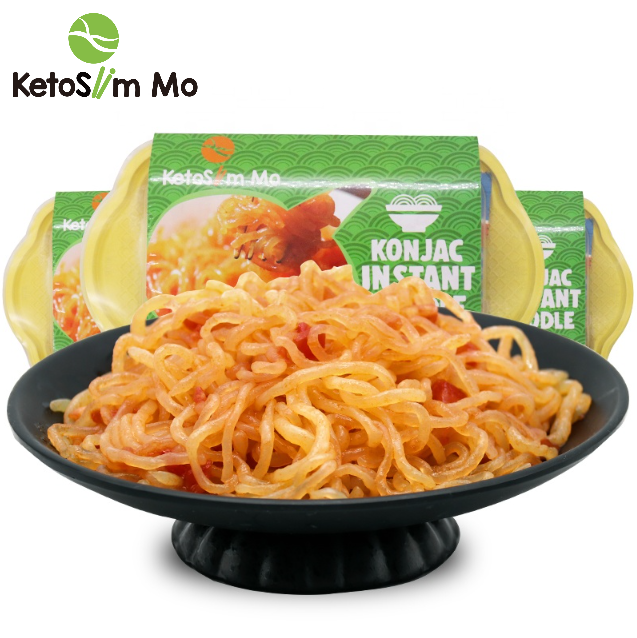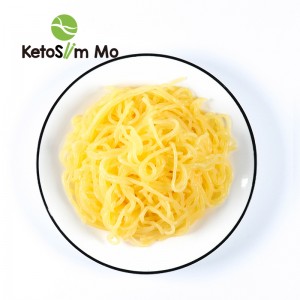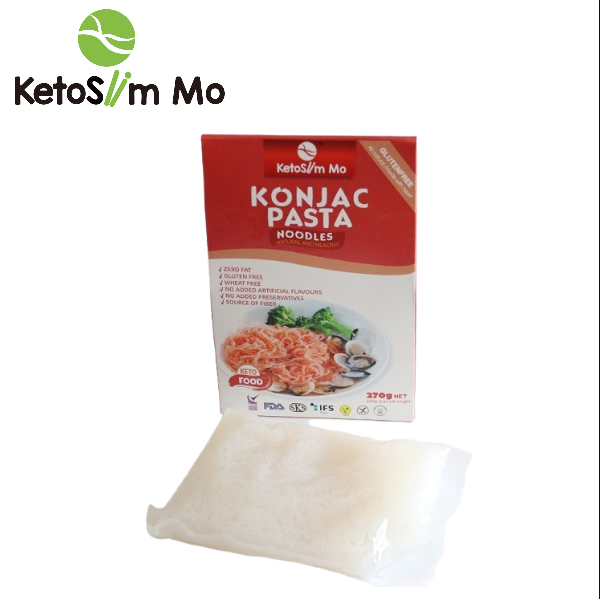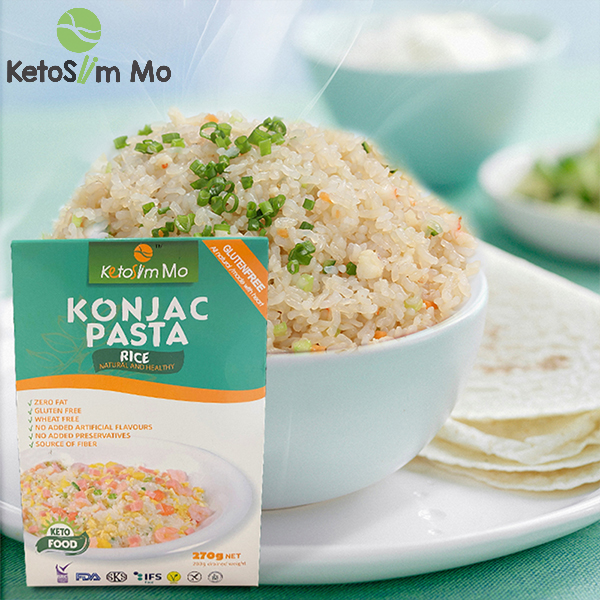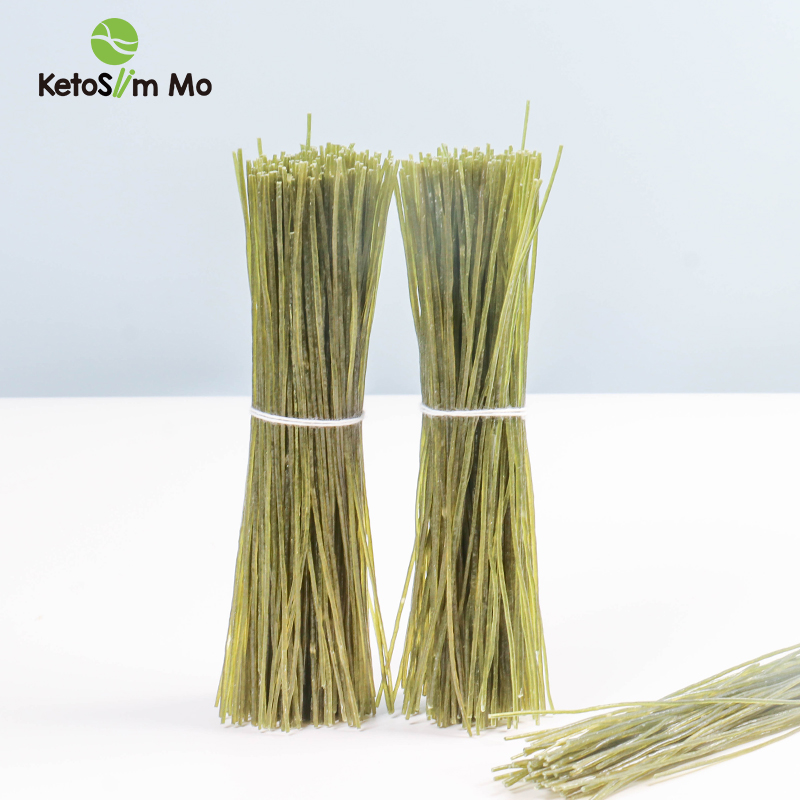How is it possible for shirataki to contain zero-calories
Konjac food supplier
The glucomannan noodles come from the root of an Asian plant called konjac (full name Amorphophallus konjac). It has been nicknamed the elephant yam, and also called konjaku, konnyaku, or the konnyaku potato.
Shirataki also goes by the names ito konnyaku, yam noodles, and devil's tongue noodles.
There used to be a difference in manufacturing methods. Producers in the Kansai region of Japan prepared ito konnyaku by cutting konnyaku jelly into threads, while producers in the Kantō region made shirataki by extruding konnyaku sol through small holes into a hot, concentrated lime solution. Modern producers make both types using the latter method. Ito konnyaku is generally thicker than shirataki, with a square cross section and a darker color. It is preferred in the Kansai region.
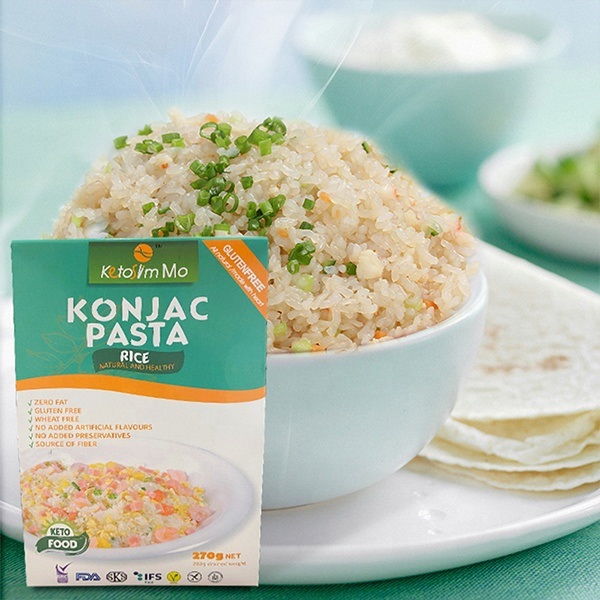
AThe difference between Shirataki noodles and ordinary noodles
Here are the real answers from netizens for your reference:
|
Pat Laird Answered January 5, 2013 |
hirataki noodles come in two forms, tofu shirataki and regular shirataki. Both types contain a yam flour base. The difference with tofu shirataki is the addition of a small amount of tofu. Shirataki noodles contain 0 calories per serving because they are almost entirely made of fiber. Tofu shirataki noodles contain 20 calories per serving because of the addition of tofu. Many people prefer tofu shirataki noodles to regular shirataki noodles because the texture is more pasta-like. Regardless of which you choose, both types make great pasta substitutes. You can purchase shirataki noodles in a variety of pasta shapes, including angel hair, spaghetti and fettuccine. |
|
Answered February 9, 2017 |
Shiritaki noodles are a variant of konnyaku, which is made from Japanese mountain yams, a weird tuber that contains mostly mucilage — a form of soluble fiber. I remember Morimoto grating a mountain yam on an Iron Chef show. It turned into goop when grated. Chia seeds are also high in mucilage. That what makes them into “pudding” when soaked in a sweetened liquid. Flax is also muxilagenous. Boiling flax seeds in water creates something astonishingly like Dippity-Do Hair Gel that was supposedly used by the ancient Egyptians.The human GI tract cannot digest fiber, so fiber provides no energy (calories). The soluble fiber in shiritake may be a “prebiotic” which provides an environment in the gut that nurtures good “probiotic” microorganisms.
I don’t have any shiritake noodles in the house now, but my memory is that they actually contain 16 calories per serving. Not quite zero calorie, but close. |
|
Answered May 8, 2017 |
Shirataki are thin, translucent, gelatinous traditional Japanese noodles made from the konjac yam. The word "shirataki" means "white waterfall", describing the appearance of these noodles.Miracle Noodle Black Shirataki are low-calorie, gluten-free noodles with zero net carbs are made out of water-soluble fiber made from the Konjac plant and eliminate temptation for any foods that you know are bad for you. |
from:https://www.quora.com/Is-it-dangerous-to-eat-zero-calorie-zero-carb-Shirataki-noodles-every-day
The difference between Shirataki noodles and ordinary noodles
KONJAC FOODS SUPPLIER'S POPULAR PRODUCTS
Post time: Jun-03-2021


